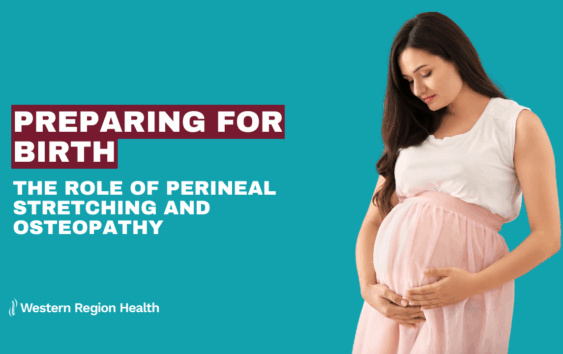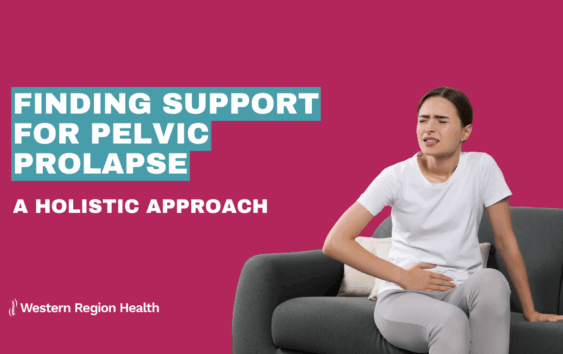General | February 6, 2025
Hip Dysplasia, Positional Talipies
Dr Eressea Cross-Supervising Clinician-B.App.Sc(CompMed) MOsteo
All infants who attend WRH, regardless of referral type, undergo a full-body screening. This screening includes an assessment of primitive reflexes, which are essential for understanding neurological function and development, as well as a thorough evaluation of joint range of motion to assess the function of the ankles, knees, and hips.
As part of the screening, any signs or symptoms of hip dysplasia are closely monitored. If suspected, the child is referred for an ultrasound to confirm the diagnosis. Early detection is crucial for proper management. If an infant is diagnosed with hip dysplasia and is required to wear a brace (e.g., Pavlik harness), our practitioners provide ongoing support. This includes helping the family manage discomfort while the child is in the brace, offering advice on positioning and handling to avoid undue strain, and recommending exercises to maintain mobility and flexibility.
Once the brace is removed, we assist with strengthening exercises to help the infant regain muscle strength, improve joint mobility, and reach developmental movement milestones like rolling, sitting, crawling, and standing. This ensures a smooth transition back to typical movement patterns, reducing the risk of long-term complications.
During the screening, if positional talipes is identified, the majority of cases improve with gentle stretching and exercises performed by parents or caregivers under our guidance. We provide clear instructions and monitor the child’s progress closely, ensuring that the condition resolves as expected.
We continue to assess function and growth of the foot and ankle at regular intervals. If the condition does not show signs of self-correction, we initiate a referral to a pediatric orthopedic team to explore more advanced interventions if necessary.
Our team emphasizes family-centered care, ensuring that parents and caregivers are empowered with the knowledge and tools they need to support their child’s development. This includes educational resources on managing conditions like hip dysplasia and talipes, as well as strategies for promoting healthy joint function and mobility in everyday activities.


